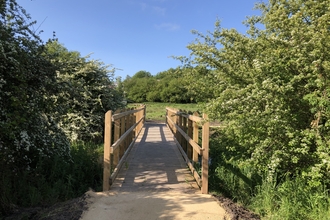
Bay Meadows
An important wildlife corridor between Ogbourne Maisey and Marlborough.
35 results

An important wildlife corridor between Ogbourne Maisey and Marlborough.
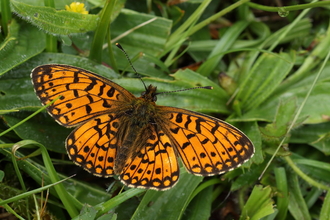
Blackmoor Copse is one of the most important woods in Wiltshire for wildlife, especially butterflies.
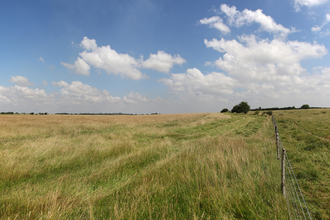
This former military airfield near Cricklade has been turned back into a wildlife-rich hay meadow.
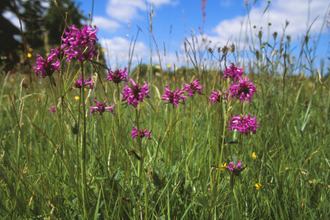
This nature reserve on the edge of the Braydon Forest is awash with wildflowers and alive with insects during summer.
A great walk with stunning views in the village of Wroughton.
This chalk downland offers superb views of Salisbury Cathedral and the surrounding countryside.
Previously a field of rough grass, volunteers have transformed it into a peaceful haven for nature.
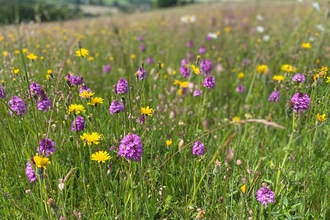
This chalk downland valley in Salisbury is worth a visit at any time of year for its sweeping views.
A small orchard with old cricket field in Devizes.
This stretch of chalk grassland curves across the steep side of a combe (valley) near Knook, on the edge of Salisbury Plain.
35 results